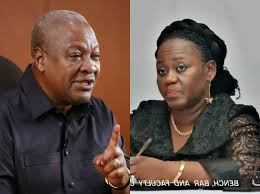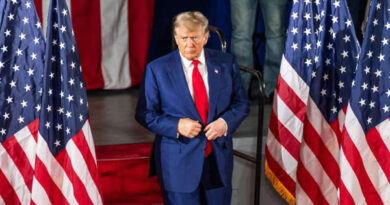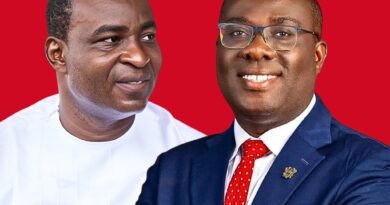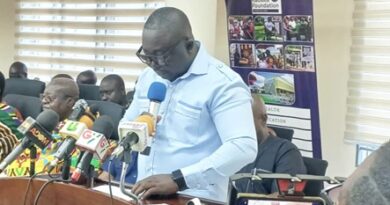Former CJ Torkornoo Challenges Removal as Supreme Court Judge
Former Chief Justice Gertrude Torkornoo has initiated a significant legal challenge. She specifically challenges her removal as a Supreme Court Justice. President John Dramani Mahama ordered the removal. This significant legal action argues that the constitutional process was not correctly followed. She alleges that the recommendation for her dismissal applied to her role as Chief Justice, not as a Supreme Court Justice. Therefore, she seeks an order of certiorari. This would essentially quash the warrant of removal issued by President Mahama on September 1. She argues the order violated constitutional provisions for removing a Superior Court Justice, making it unlawful, null, and void.
Justice Torkornoo also wants the court to declare that President Mahama lacks the power to remove a Superior Court Justice. The president can only do so according to Article 146 of the Constitution. Additionally, she asks the High Court to declare that only a properly constituted committee under Article 146(4) can hear a removal petition. This is a key point in her argument. The former CJ challenges removal on the grounds of illegality and a lack of power. She contends that the committee lacked jurisdiction to recommend her removal as a Supreme Court Justice. Its mandate only applied to her role as Chief Justice.
She filed the application by invoking the High Court’s supervisory jurisdiction under Article 141 of the Constitution. This power allows the court to ensure other bodies do not overstep their authority. President Mahama removed Justice Torkornoo as Chief Justice on September 1. He acted on a recommendation from a five-member committee. However, based on that same warrant, President Mahama also removed her as a Justice of the Supreme Court. This is where her lawsuit begins. Consequently, the former CJ challenges removal, arguing the dual action was unconstitutional.
In her supporting affidavit, Justice Torkornoo states that Article 146 of the Constitution prescribes distinct procedures for removal. The process for a Chief Justice differs completely from that of a Superior Court Justice. She contends the committee was set up to investigate petitions against her specific to her role as Chief Justice under Article 145(6). She explains, “the prescribed procedure . . . for removing a person from the office of a Chief Justice is, in the wisdom of the framers of the Constitution, distinct from the mandated procedure for the removal of a Justice of the Supreme Court of Ghana.” Consequently, she argues the committee lacked the authority to recommend her removal from the Supreme Court. Therefore, her legal team is fighting to reverse the decision.
The constitution sets out separate procedures. Article 146(6), which covers the Chief Justice’s removal, states that the president, in consultation with the Council of State, must appoint a committee. Conversely, for a Superior Court Justice, Article 146(4) stipulates that the president must forward the petition to the Chief Justice, who then forms a committee to probe the matter. This procedural difference is at the core of the legal challenge. Ultimately, the court will decide whether the president’s action was constitutional.
Source: Graphic Online




